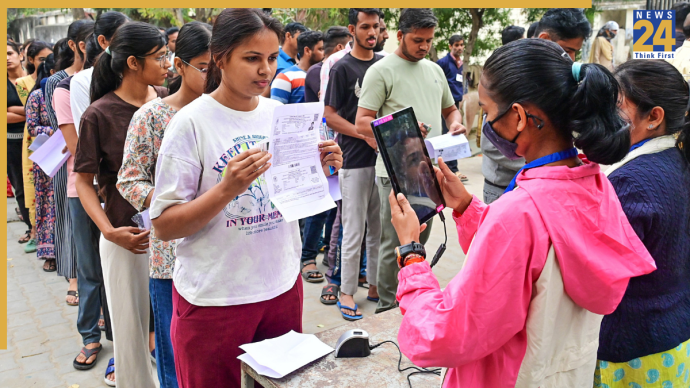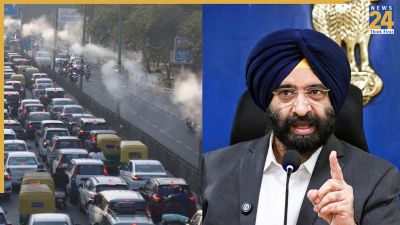New Delhi: Delhi’s total Air Quality Index (AQI) on Friday morning increased to 472, indicating that the city’s air quality remained in the “severe” category. According to data released by SAFAR (System of Air Quality and Weather Forecasting And Research) India, Gurugram’s AQI stood at 539 and continued to be in the “severe” category, while Noida’s AQI, which is a part of the national capital region, recorded an AQI of 562, and continued to be in severe category.
Air quality continues to dip in Delhi-NCR.
---Advertisement---Air Quality Index (AQI) presently at 562 in Noida (UP) in 'Severe' category, 539 in Gurugram (Haryana) in 'Severe' category & 563 near Delhi University in 'Severe' category
Delhi's overall AQI currently in 'Severe' category at 472 pic.twitter.com/UTYhhj5kQx
---Advertisement---— ANI (@ANI) November 4, 2022
The SAFAR (System of Air Quality and Weather Forecasting and Research) on Friday reported that stubble-burning contributed 34% to Delhi’s PM 2.5 pollution. The air quality in the national capital and its adjoining areas has continued to be classified as “severe” for two days in a row.
Level of Air quality Index(AQI) on 0-100 scale:
- Air Quality Index from 0 to 100 is considered as good
- AQI from 100 to 200 it is moderate
- From 200 to 300 it is poor
- From 300 to 400 it is said to be very poor
- From 400 too 500 or above it is considered as severe
It is very concerning that people of Delhi-NCR on Thursday woke up with complaints of choking and ‘eye burning’ due to smog and air pollution leaving them gasping for breath.
North Delhi had the worst air quality, with nearly every station in the area reporting an AQI of 400 or higher.
With the exception of a handful, including Mandir Marg in Delhi, the majority of stations in the city have an AQI above 300.
The projection, however, anticipates that the condition of the air quality in Delhi and the surrounding areas will continue to deteriorate and expects recovery from November 5.
“Due to an upper-level wind reversal that will prevent the inflow of stubble-related pollutants, the air quality is predicted to remain within the “Severe” range today and improve to the “lower end of Severe” tomorrow. Starting on the fifth, the air quality is predicted to further improve to “Very Poor.” Pollutants may be dispersed on November 5 due to a higher surface wind speed,” read a press release.













